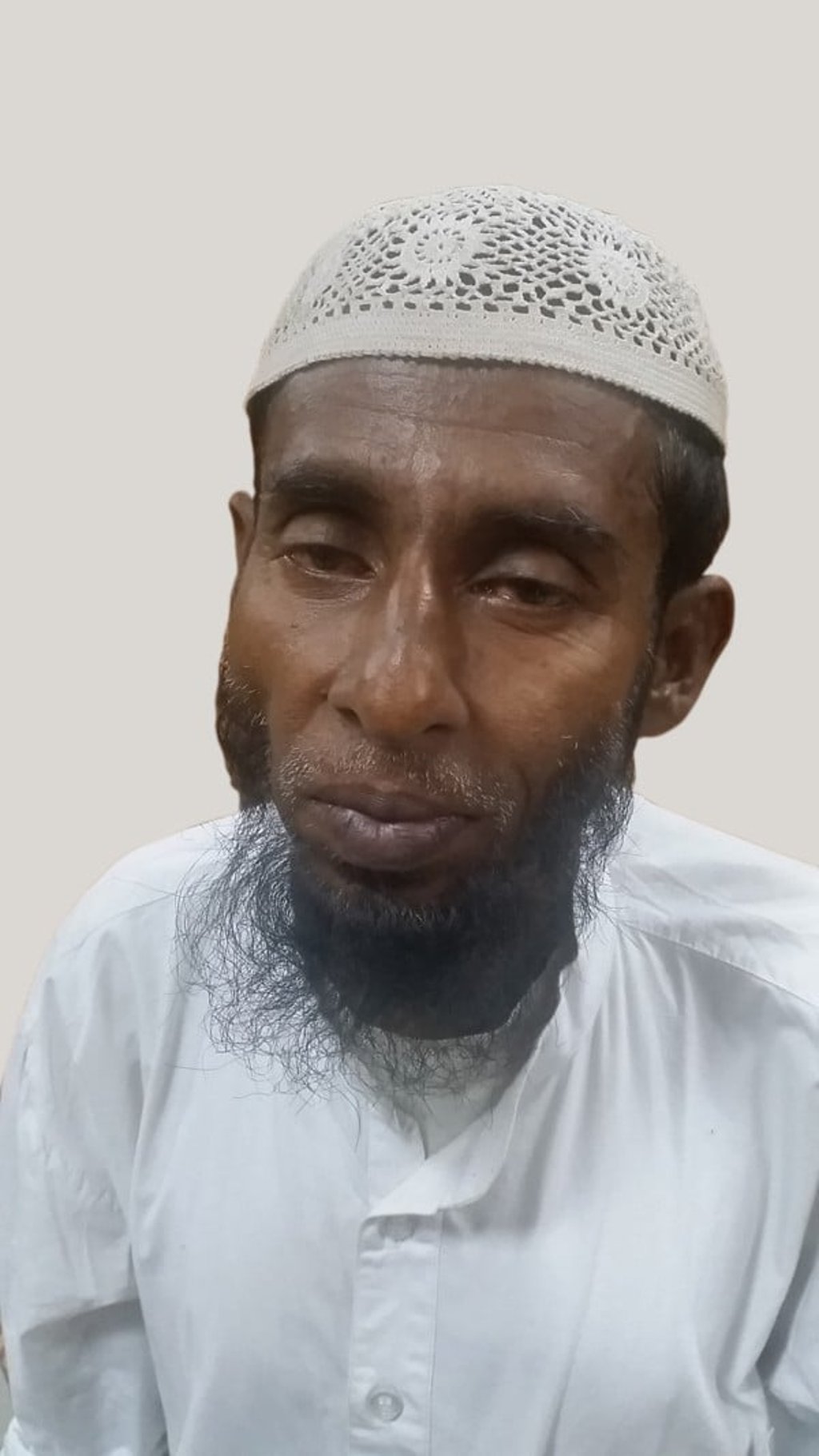Tibetans to Sri Lankans, India welcomed all. Why not Rohingya Muslims?
Both China and India may be soft-pedalling Myanmar’s genocide out of geopolitical interests. But that doesn’t explain Delhi’s selective rejection of the region’s most vulnerable refugees

The blank stare of Mohammad Hussain speaks of a thousand persecutions.

Hussain later learnt that two of his seven sons survived the carnage that night. There’s no news of his other sons, his two daughters, or his wife and sister. In what the United Nations is calling a “textbook example of ethnic cleansing” by Myanmar troops, human rights investigators are reporting massacres on a scale not seen since the Rwandan and Bosnian genocides of the 1990s.
Amnesty International has detailed accounts of how soldiers have killed men and boys, raped women, torched Rohingya homes and villages, and burned people to death. Human Rights Watch says most Rohingya women and girls it met at refugee camps had been gang-raped. And those lucky enough to escape the military’s wrath faced landmines, human traffickers, organ harvesters and forced prostitution as they fled.
Kill all, burn all: the Japanese war tactic used on the Rohingya by Myanmar’s military
“Anything might have happened to them,” says Hussain, staring vacantly into space. His voice is strangely calm, only the resigned stillness in his eyes betraying a pain dulled by the endless imaginings of what might have happened. I’m relieved he is not making eye contact, as I struggle to block out the mental images of the possible fates his family met that night. Or after, if they made it out alive.
